
They are a wonderful talking point in the lounge, attracting lots of stupid questions like ‘is it a rotary ironer’? Well, it’s rotary and will certainly iron out wrinkles in a flash given the chance - it can even seek you out to do so. My initial interest goes back a lightyear to school days, around about the age of the wheel.
I unexpectedly passed the 11+ exam to qualify for a technical college engineering course - my passion! Great, but it was what all the other entrants with higher pass marks also wanted. A case of Hobson’s choice - a bricklayer or out! I was not consulted, just enrolled, the theory being that the lack of education was the same for every trade, just the practical changed. How true.
The weekly highlight was the woodworking shop or the annual visit to the science lab. and it was here that I first spotted the Wimshurst machine, safely locked behind glass doors. I was told that it was never let out, presumably just in case somebody actually learnt something (learning was against school policy) never even dreaming that 68 years later I would actually make one.
Anyway, at the tender age of 15 I escaped to begin my self-education. The trowel was useful for planting snowdrops. I never even learnt how a knife and fork worked but was a world expert at cleaning off used bricks. I was blessed with an enquiring mind and a love of the new-fangled electricity and soon started building crystal sets, one valve radios eventually leading to the five valve superheterodyne.
Who could imagine that adding a second additional cat’s whisker to the germanium crystal would change the world for ever, ending the domain of the valve (my world) and eventually sending us to the moon. In those days the mere thought of today’s technology would have had you certified and the key thrown away. This missed development set science back 20 years.
この記事は Model Engineer の 4624 版に掲載されています。
7 日間の Magzter GOLD 無料トライアルを開始して、何千もの厳選されたプレミアム ストーリー、9,000 以上の雑誌や新聞にアクセスしてください。
すでに購読者です ? サインイン
この記事は Model Engineer の 4624 版に掲載されています。
7 日間の Magzter GOLD 無料トライアルを開始して、何千もの厳選されたプレミアム ストーリー、9,000 以上の雑誌や新聞にアクセスしてください。
すでに購読者です? サインイン
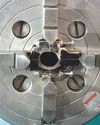
WORKSHOP TIP - Boring Eccentrics
I am making a 1 inch Minnie traction engine and have arrived at the machining of the eccentric straps.
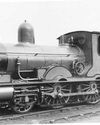
Wenford A 7¼ Inch Gauge 2-4-0 Beattie Well Tank
The stage has now been reached where the well tank body can be completed but beforehand there are some internal details to add.
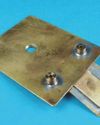
Vertical Boiler Locomotives
Vertical Boiler Locomotives
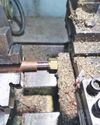
Union Nuts, and How to Make Them
These are quite different from those commercially available and are made from copper
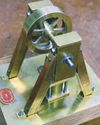
SHOWCASE Paul's Engine
One day my son Paul came to me and asked if we could make something in my workshop, so that he could learn engineering processes.
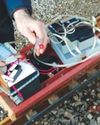
CLUB NEWS
My secret’s out!
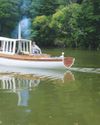
Building Dancer - The Boiler
Dancer needed a boiler that would be somewhat larger than the size permitted under the Model Engineering exemptions in the New Zealand regulations.
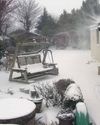
An Inverted ‘Ross Yoke' Watercooled Stirling Engine
As with all my hot air engines they are cheap to build, mostly from scrap
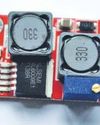
A Draught Proposal
A Draught Proposal
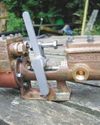
A Boiler Feed Pump
A Boiler Feed Pump